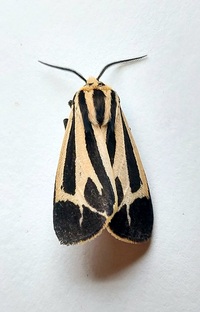
| Recorded by: Mark Basinger on 2025-09-02
Rowan Co.
Comment: | 
| Recorded by: Mark Basinger on 2025-09-02
Rowan Co.
Comment: |
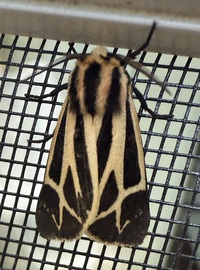
| Recorded by: Marilyn Westphal on 2025-08-30
Henderson Co.
Comment: | 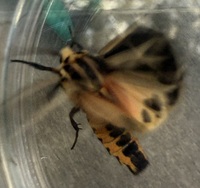
| Recorded by: Marilyn Westphal on 2025-08-30
Henderson Co.
Comment: |

| Recorded by: Marilyn Westphal on 2025-08-30
Henderson Co.
Comment: | 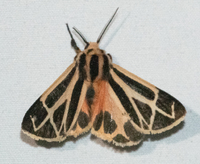
| Recorded by: Emily Stanley on 2025-04-30
Buncombe Co.
Comment: |

| Recorded by: Emily Stanley on 2025-04-30
Buncombe Co.
Comment: | 
| Recorded by: Mark Basinger on 2024-08-06
Mitchell Co.
Comment: |
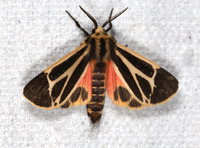
| Recorded by: Jim Petranka on 2024-07-31
Madison Co.
Comment: | 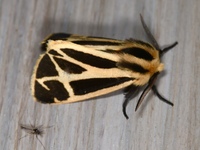
| Recorded by: Jim Petranka on 2024-04-25
Madison Co.
Comment: |
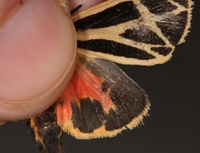
| Recorded by: Jim Petranka on 2024-04-25
Madison Co.
Comment: | 
| Recorded by: K. Bischof on 2024-04-18
Transylvania Co.
Comment: |
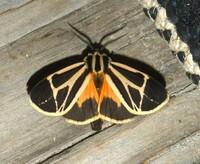
| Recorded by: Simpson Eason on 2023-08-17
Watauga Co.
Comment: | 
| Recorded by: Simpson Eason on 2023-08-17
Watauga Co.
Comment: |
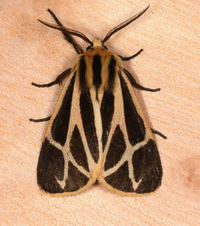
| Recorded by: Jim Petranka and Becky Elkin on 2023-07-12
Madison Co.
Comment: | 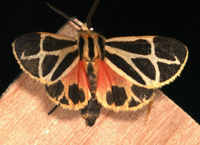
| Recorded by: Jim Petranka and Becky Elkin on 2023-07-12
Madison Co.
Comment: |
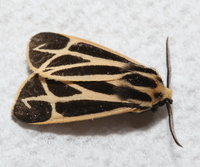
| Recorded by: David George, Jeff Niznik on 2023-07-09
Orange Co.
Comment: | 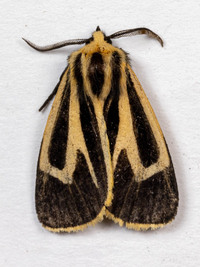
| Recorded by: Stephen Hall on 2023-05-23
Orange Co.
Comment: |
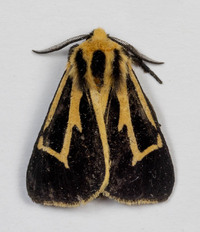
| Recorded by: Stephen Hall on 2023-05-23
Orange Co.
Comment: | 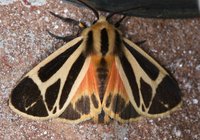
| Recorded by: Jim Petranka and John Petranka on 2023-04-19
Madison Co.
Comment: |

| Recorded by: Jim Petranka on 2022-05-11
Madison Co.
Comment: | 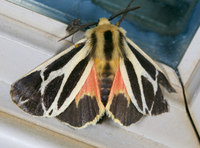
| Recorded by: Jim Petranka on 2022-05-09
Madison Co.
Comment: |
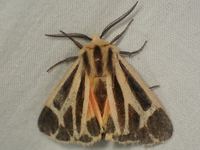
| Recorded by: tom ward on 2022-05-06
Buncombe Co.
Comment: | 
| Recorded by: tom ward on 2021-07-16
Buncombe Co.
Comment: |
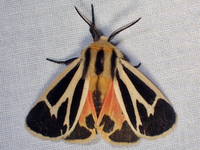
| Recorded by: tom ward on 2021-05-18
Buncombe Co.
Comment: | 
| Recorded by: Simpson Eason on 2020-10-10
Durham Co.
Comment: |

| Recorded by: Stephen Hall on 2020-09-07
Orange Co.
Comment: | 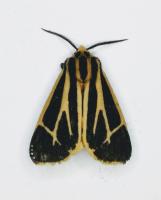
| Recorded by: Gary Maness on 2020-06-29
Guilford Co.
Comment: |
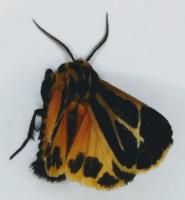
| Recorded by: Gary Maness on 2020-06-29
Guilford Co.
Comment: | 
| Recorded by: Gary Maness on 2020-04-05
Guilford Co.
Comment: |
|

 »
»




 »
»


